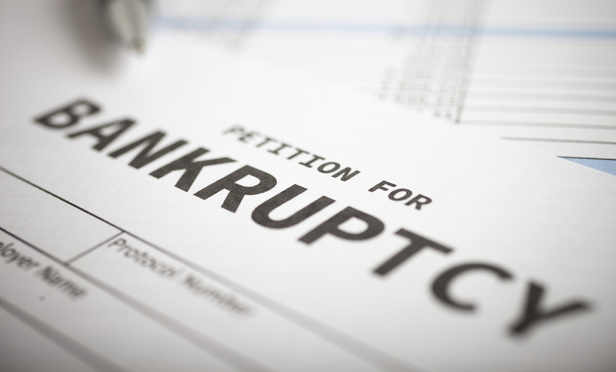Like many American energy companies that have been striving for months to deal with sagging oil prices, RAAM Global Energy Co. started financially running out of gas a while back. The Kentucky-based company, which drills offshore in the Gulf of Mexico and onshore in Texas, Louisiana, Oklahoma and California, has been struggling since the decline in oil and natural gas prices in 2014, according to chief restructuring officer James R. Latimer III.
RAAM is not alone. According to Fitch Ratings, the default rate among U.S. energy companies, an indicator of the industry’s level of distress, currently stands at about 5 percent, the highest level since 1999, when it registered 10 percent. The default volume for exploration and production companies, like RAAM, is the highest it’s been in five years, at $10.4 billion in debt. The broader U.S. corporate default rate was 2.9 percent through September, Fitch states. However, Fitch projects the U.S. high-yield default rate to end 2015 at around 3.5 percent. The higher expectation reflects ongoing strife in the energy and metals/mining sectors, according to Fitch.
This content has been archived. It is available through our partners, LexisNexis® and Bloomberg Law.
To view this content, please continue to their sites.
Not a Lexis Subscriber?
Subscribe Now
Not a Bloomberg Law Subscriber?
Subscribe Now
LexisNexis® and Bloomberg Law are third party online distributors of the broad collection of current and archived versions of ALM's legal news publications. LexisNexis® and Bloomberg Law customers are able to access and use ALM's content, including content from the National Law Journal, The American Lawyer, Legaltech News, The New York Law Journal, and Corporate Counsel, as well as other sources of legal information.
For questions call 1-877-256-2472 or contact us at [email protected]



